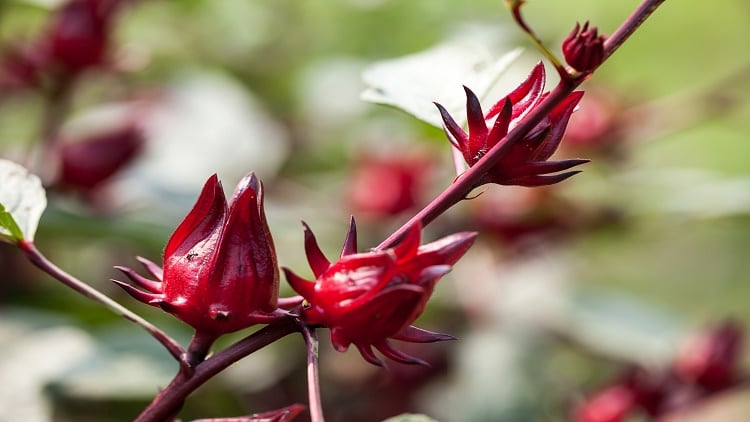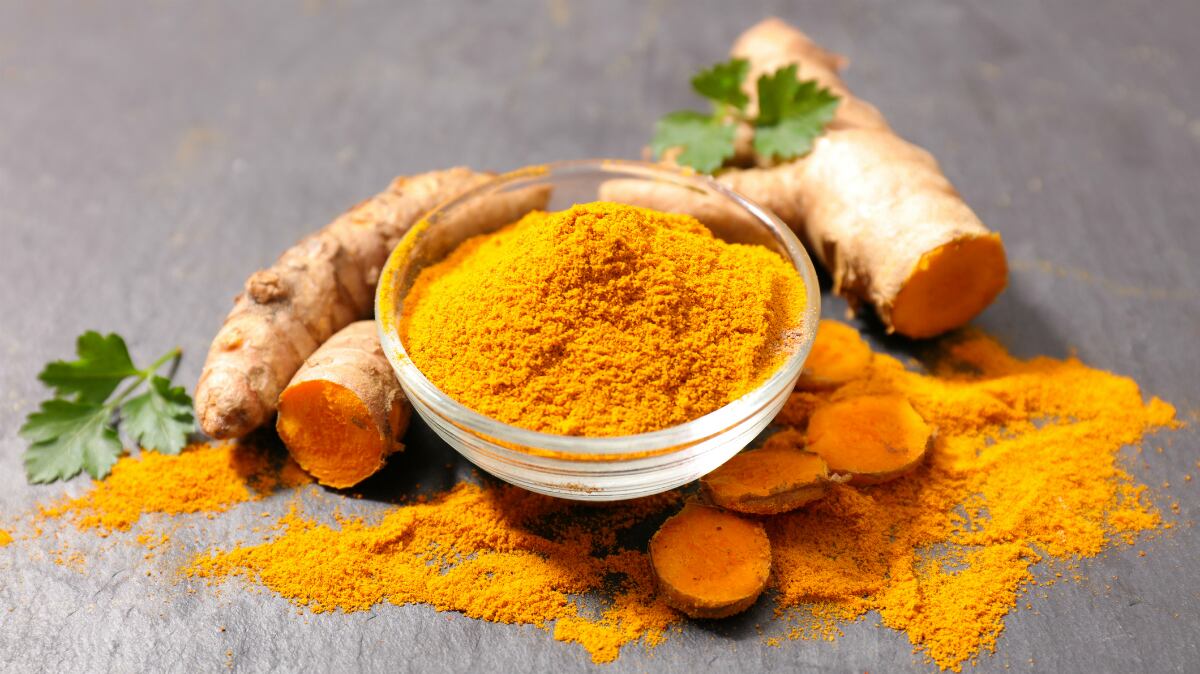The review, published in the scientific publication Molecules, was a joint-study conducted by researchers from Malaysia, Libya, Italy, and France.
Known as “tenggek burung” in Malaysia, the M. lunu-ankenda plant is commonly found in Malaysia, Indonesia, Sri Lanka, Philippines, Thailand, and Australia.
It is widely used in traditional medicine, eaten as a salad and food seasoning.
The plant has a high total phenolic content (TPC), coumarins, and alkaloids, and has shown neuroprotective impact similar to that of green tea and yerba mate.
Polyphenol components
Different polyphenols of the plant were studied. Some examples include phenolic acid, cinnamic acid derivatives, caffeic acid, and ferulic acid.
Citing a number of in vitro and mice studies, the researchers pointed out that the antioxidant activity of polyphenols, its scavenging of free radicals, modulation of gene expression, metal ion chelation etc, contributed to the plant’s neuroprotective potential.
In the case of caffeic acid, an animal model of rotenone-induced Parkinson’s disease had shown that amounts at 10mg/kg were able to improve dopamine level and reduce the expression of inflammatory cytokines tumour necrosis factor-α (TNF-α) and interleukin-1β (IL-1β).
Increased expression of inflammatory cytokines is associated with a more rapid cognitive decline.
Another phenolic component, the caffeoylquinic acid, has also shown neuroprotection by reducing neuronal cell damage, as seen in an in vivo model of cerebral ischemic injury.
Bioavailability
However, there is the issue of low bioavailability and inefficient delivery system of polyphenols.
The researchers pointed out that the majority of the total polyphenol intake, at 90% and 95%, accumulates in the large intestine, where the polyphenols are subjected to enzymatic actions, and thus, will undergo structural change.
The rise of nanoparticle-based delivery systems, such as nanocapsules, solid lipid nanoparticles, micelles, liposomes, and cyclodextrins, can “promising solution” that can enhance its bioavailability.
“The bioavailability of polyphenols is dependent upon first-pass metabolism modifications, intestinal tract permeation and cell-membrane permeability and solubility.
“Exploring a new delivery system becomes necessary to reach the therapeutic levels of polyphenols in target organs through the bloodstream,” the researchers said.
Other components
The effects of the plant’s other components, such as coumarins and alkaloids were also studied.
In the case of coumarins, the researchers pointed out that studies have shown that they possess Amyloid beta (Aβ) anti-aggregating activities as well as memory restorative effects.
Aβ is involved in Alzheimer’s disease as the main component of amyloid plaques found in the brains of Alzheimer patients.
The researchers concluded that due to the different phenolic and phytochemicals present in the plant, it could act as a natural alternative to neuroprotection methods.
“The strategies of using phytochemicals as bio-alternative agents for neurodegenerative diseases therapy has become necessary as plant natural compounds show more effectiveness and fewer side effects than synthesised medicines.
“A large number of scientific investigations have demonstrated against neurodegenerative diseases the therapeutic benefits of herbal medicines, which can be ascribed to the presence of secondary metabolites such as polyphenols, coumarins and alkaloids.
“However, the neuroprotective activity of M. lunu-ankenda and mechanisms through which it exerts its activity need to be explored in more detail,” the researchers concluded.
Source: Molecules
Neuroprotective Potential of Secondary Metabolites from Melicope lunu-ankenda (Rutaceae)
https://doi.org/10.3390/molecules24173109
Authors: Ahmad Faizal Abdull Razis et al





